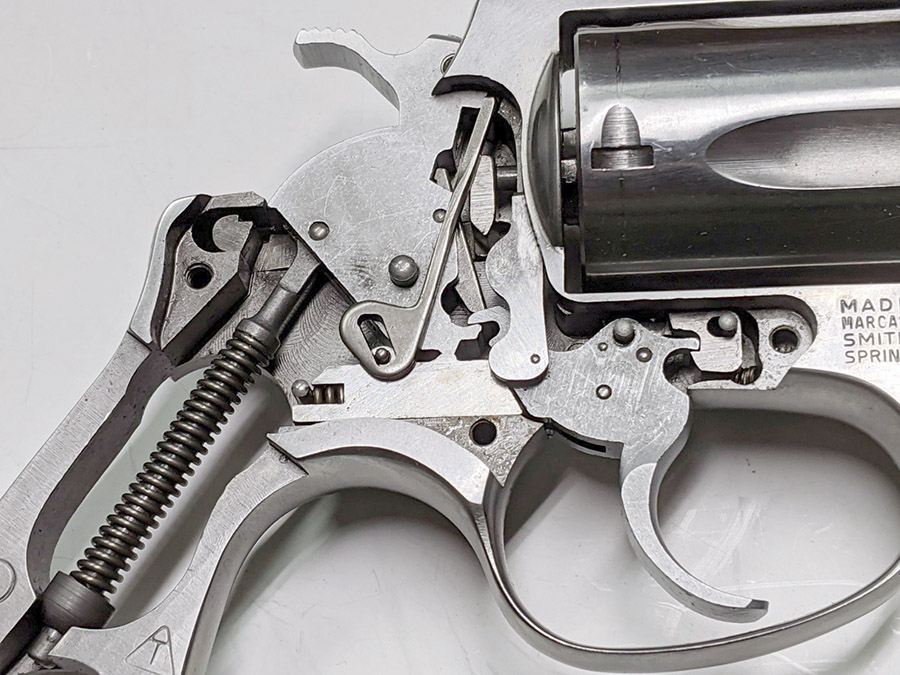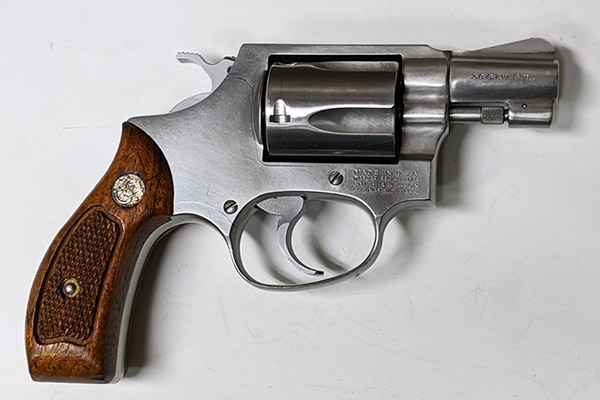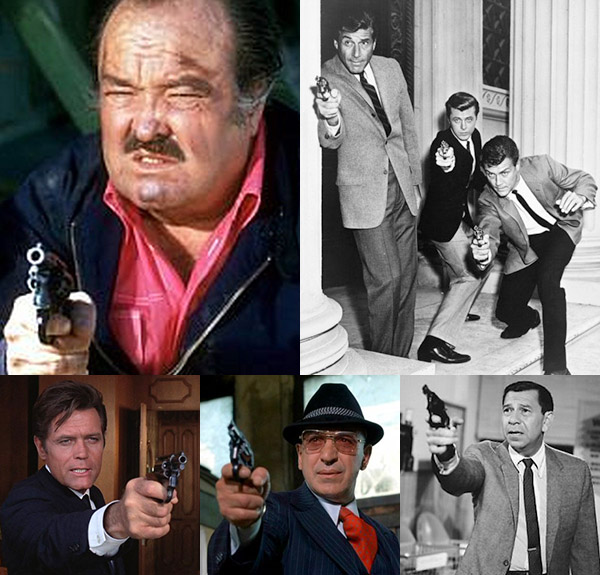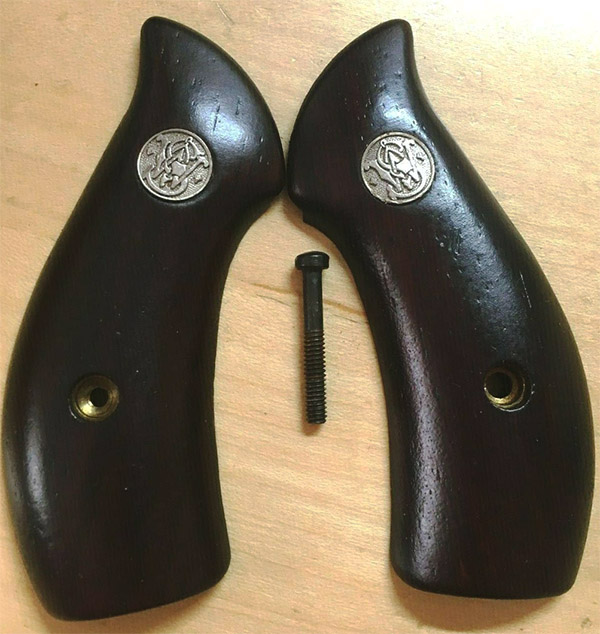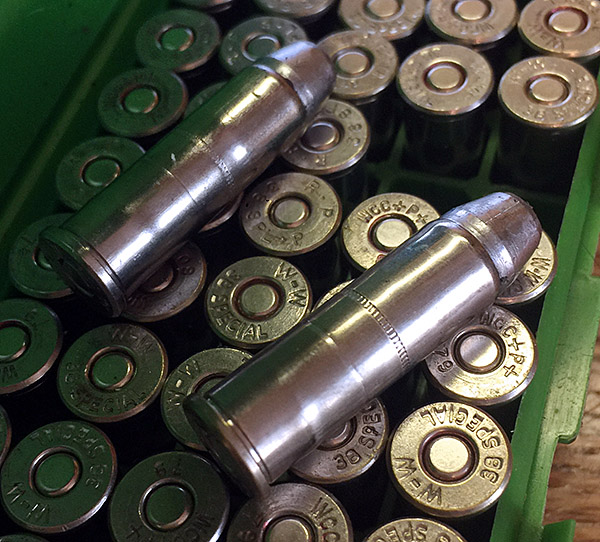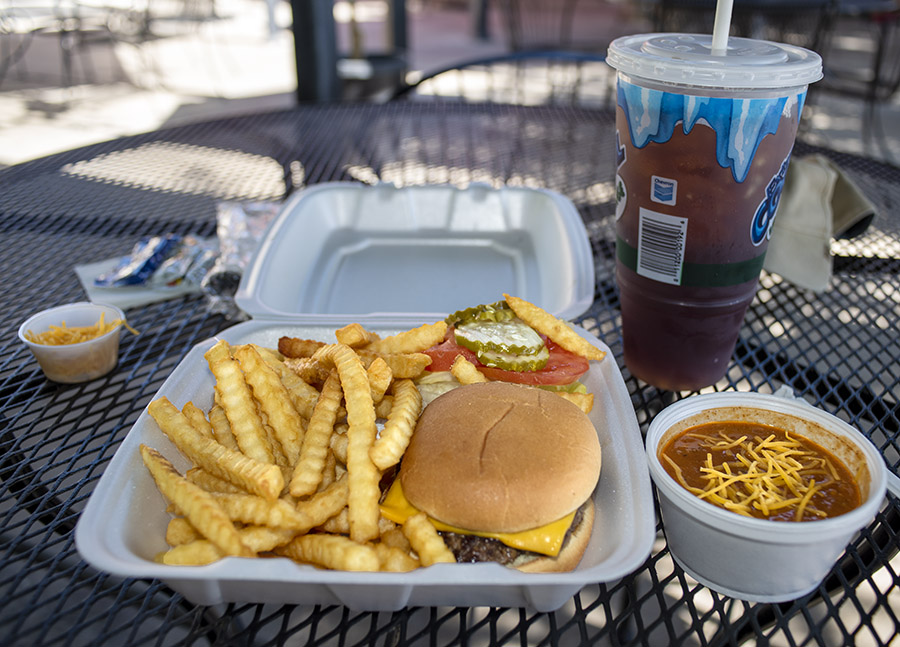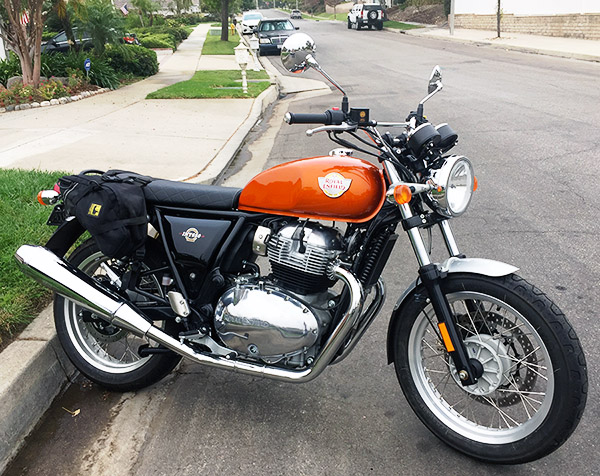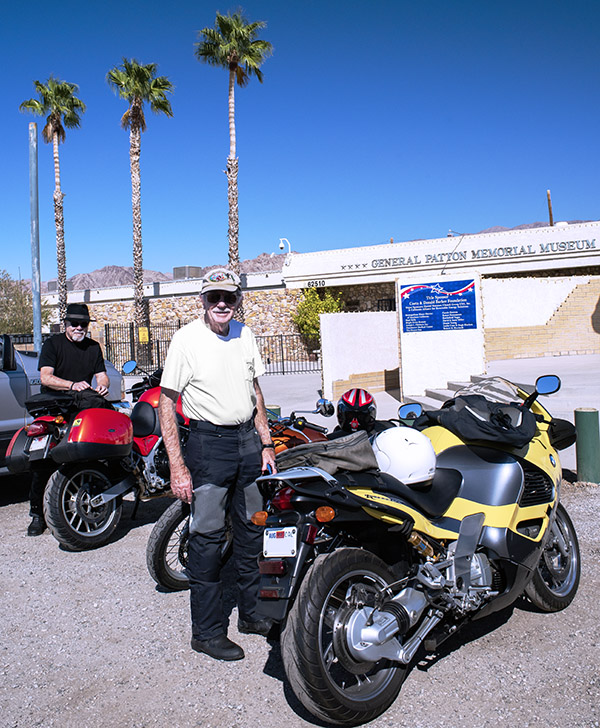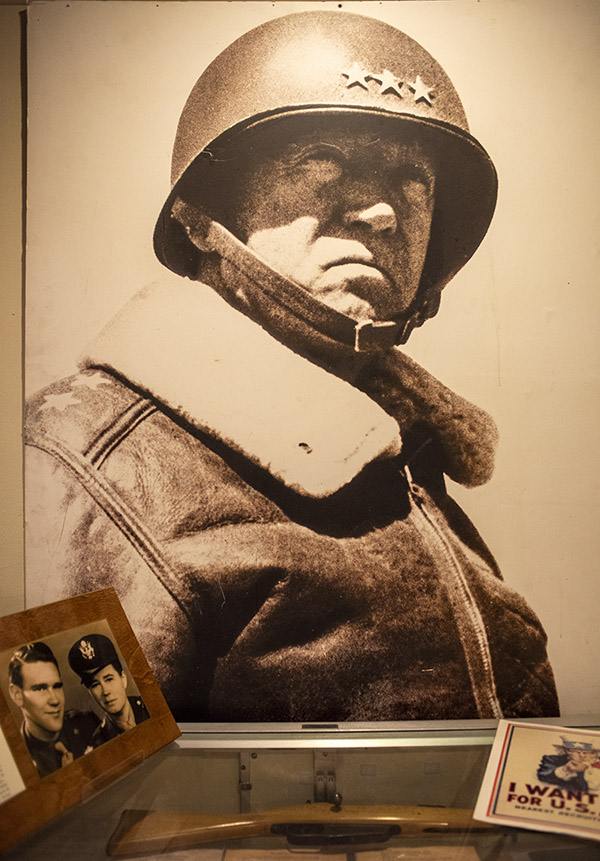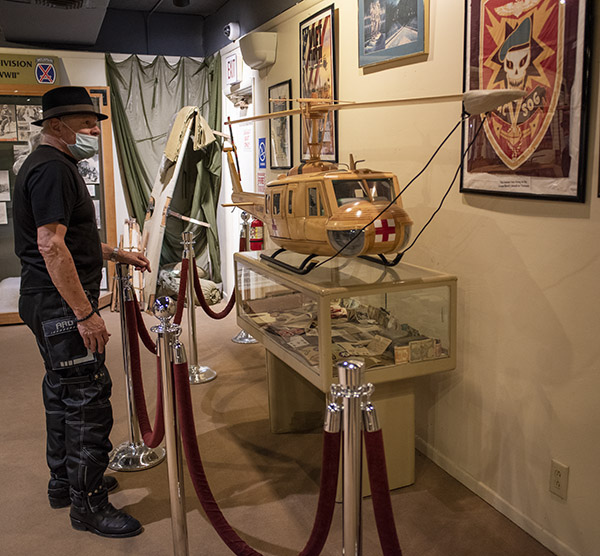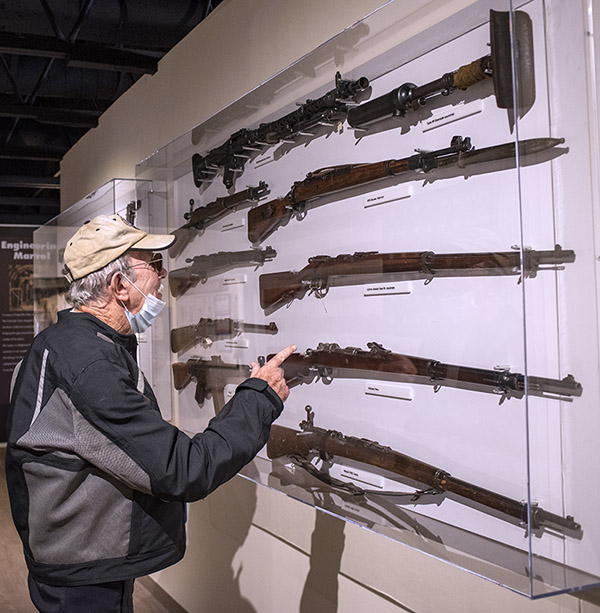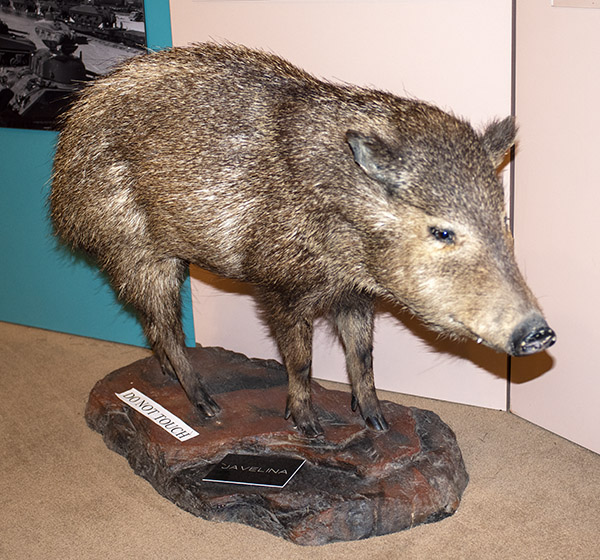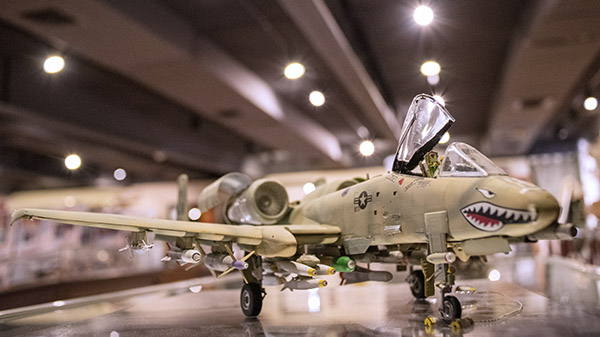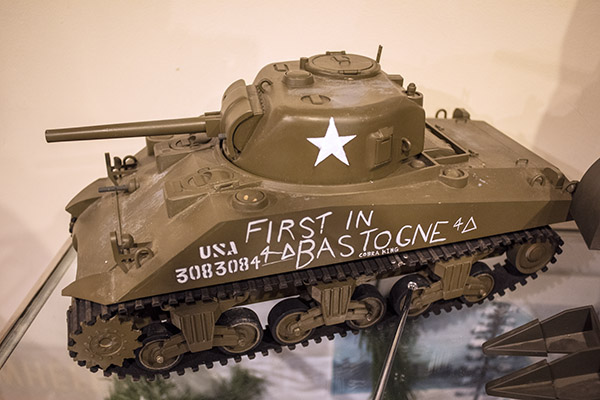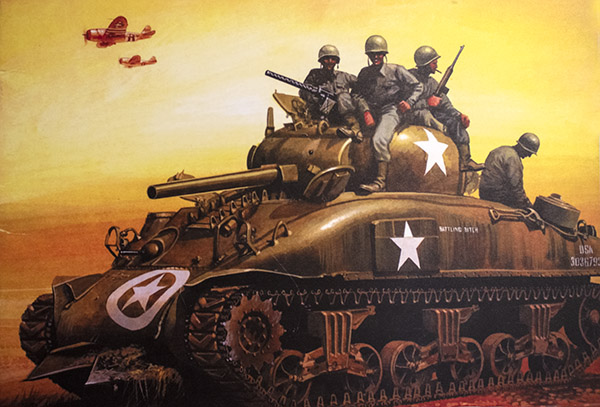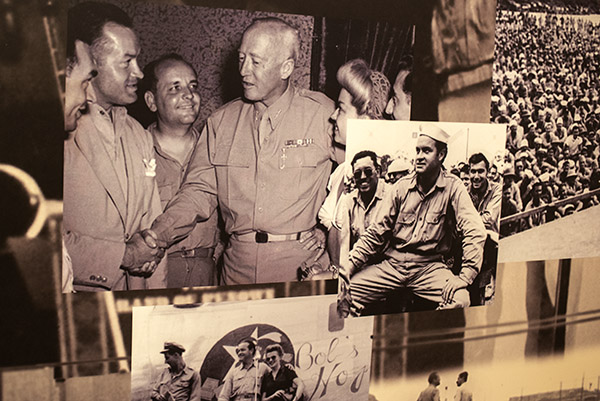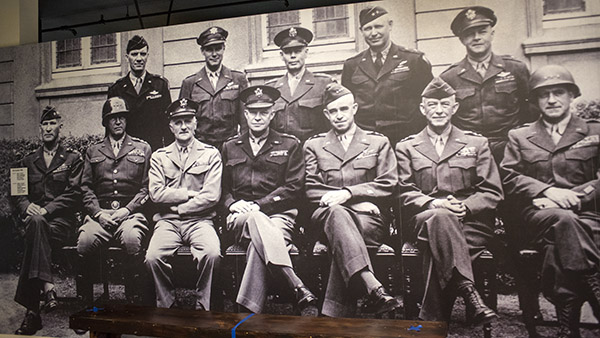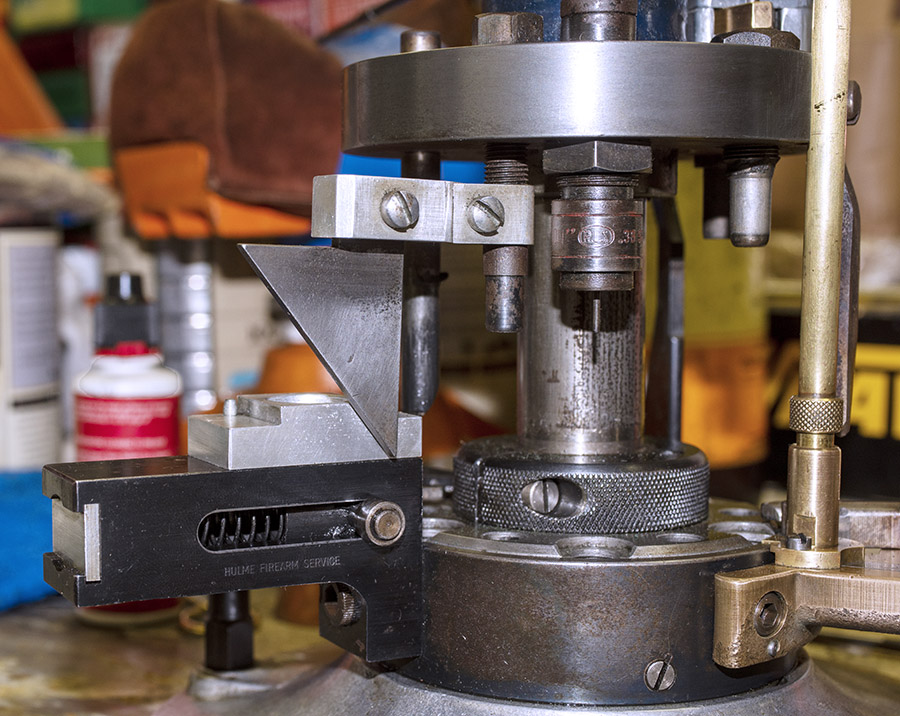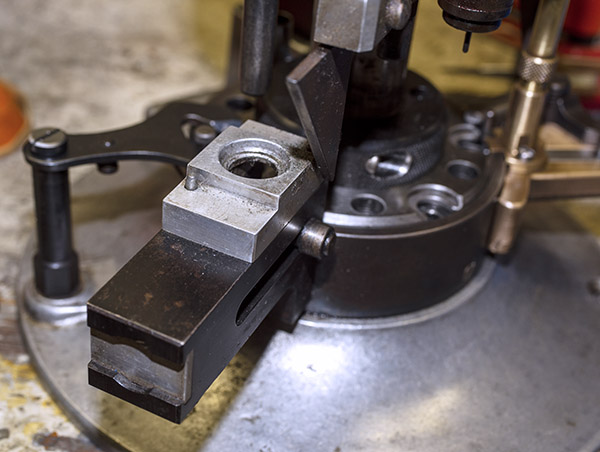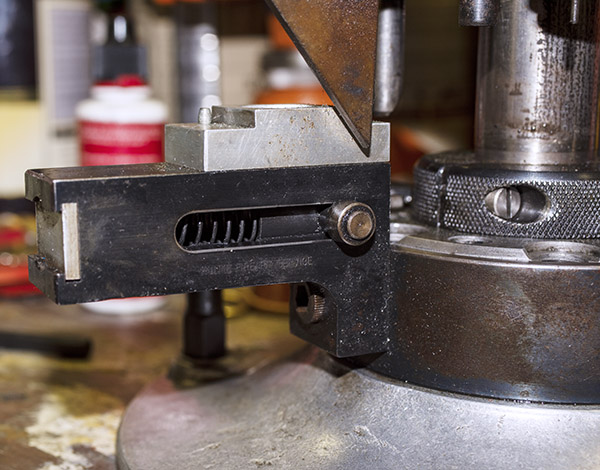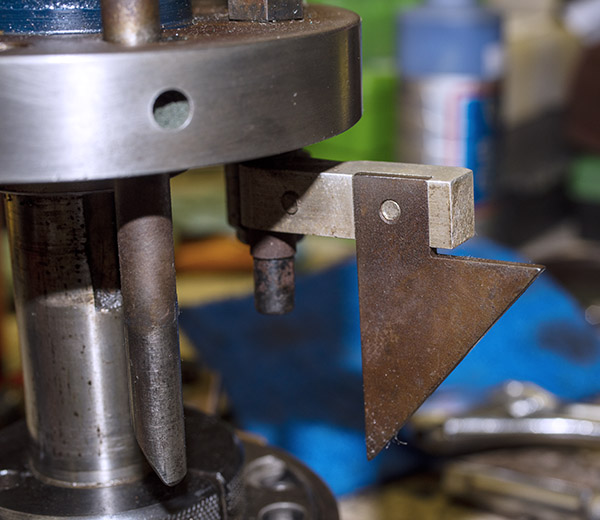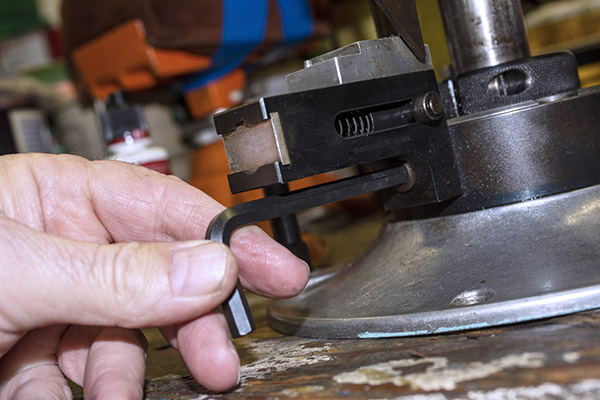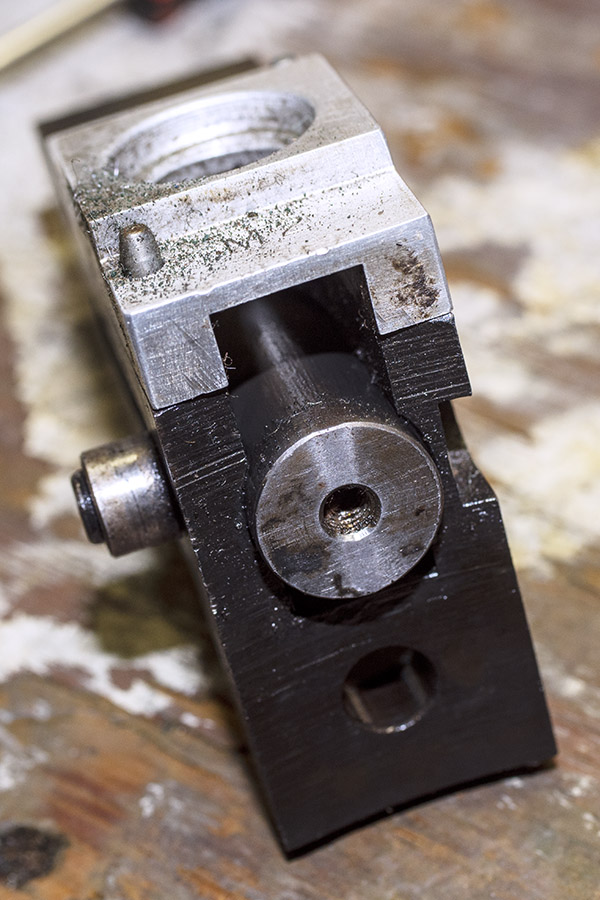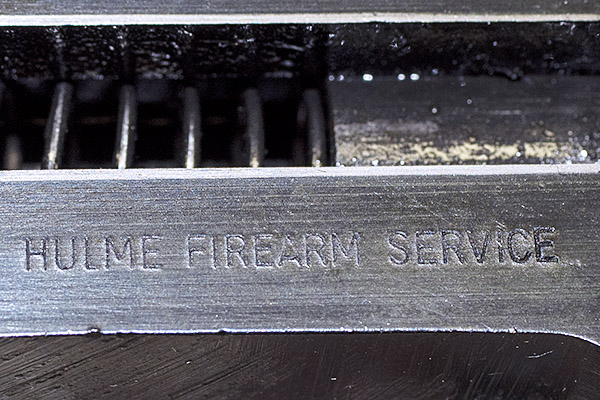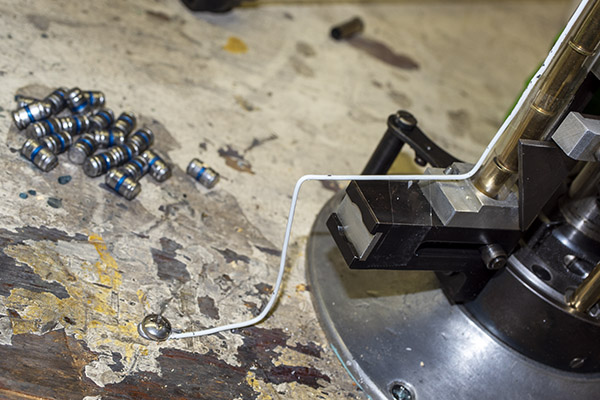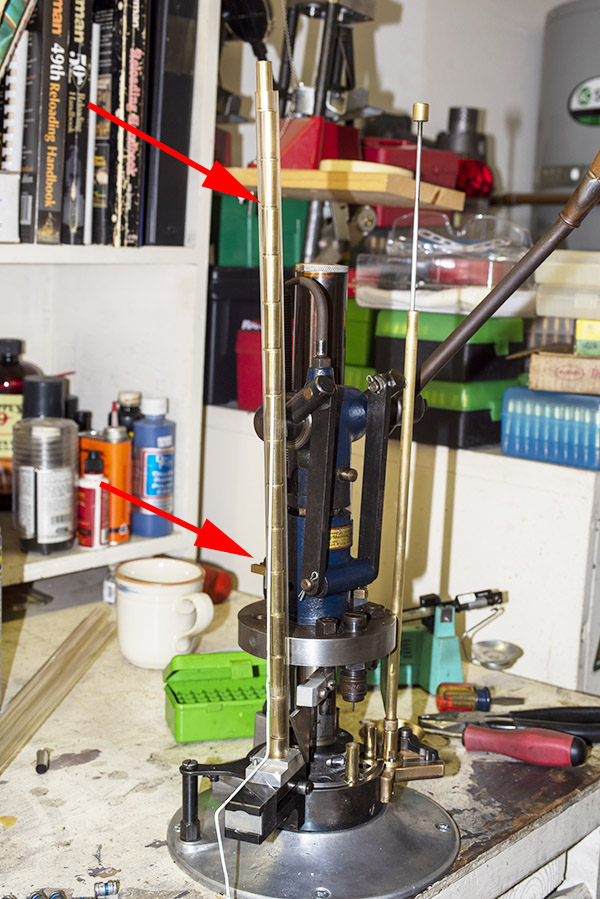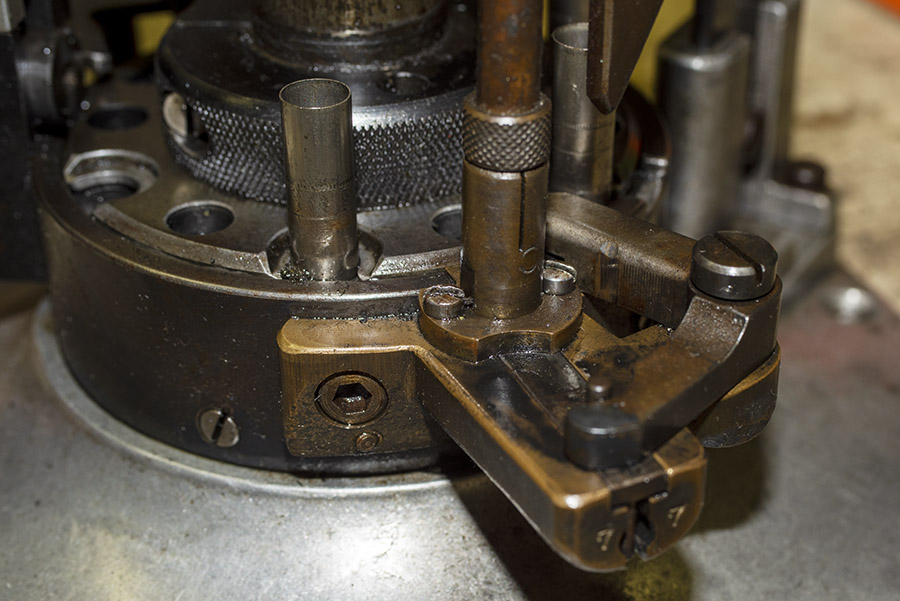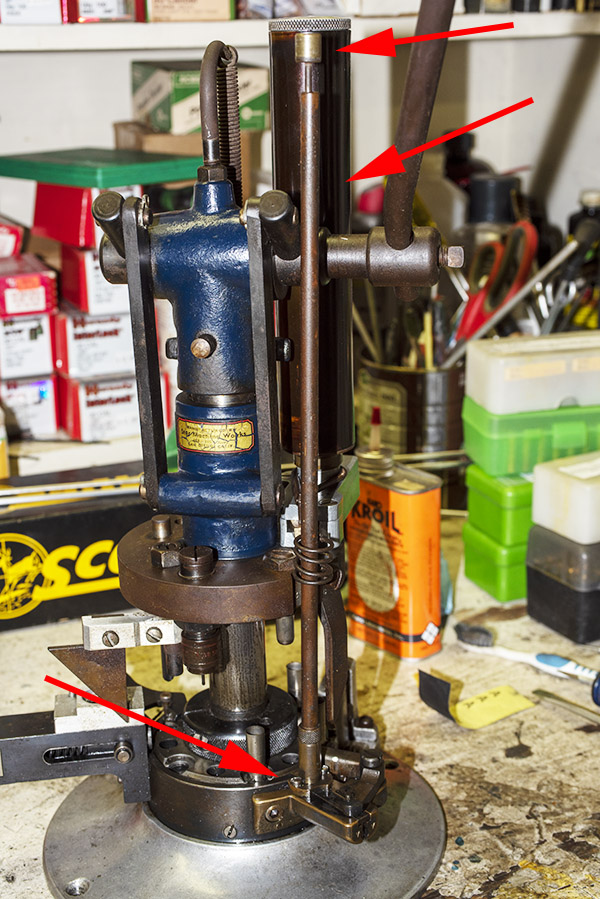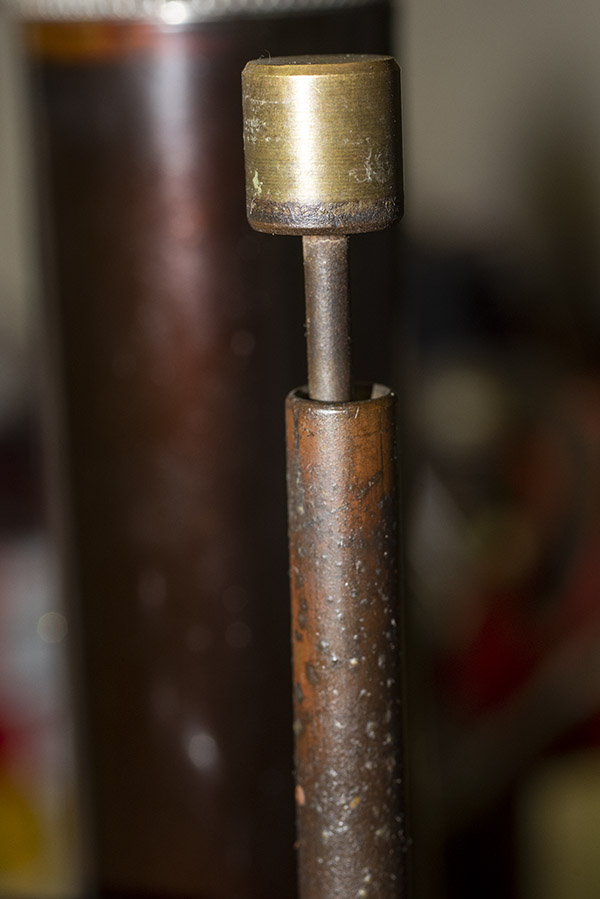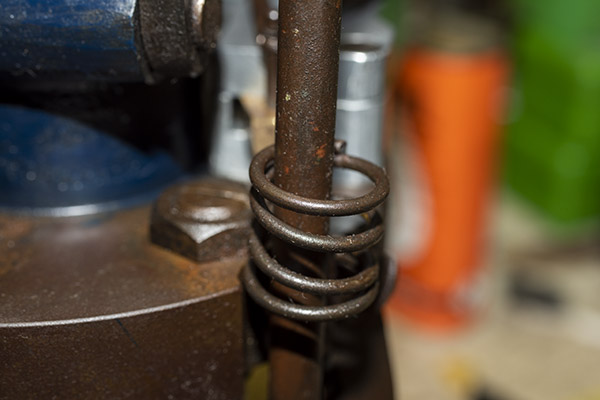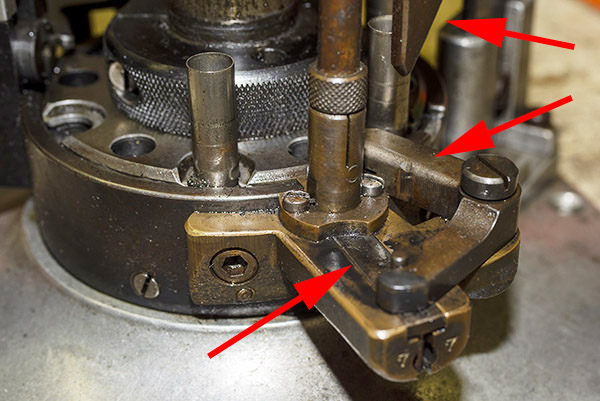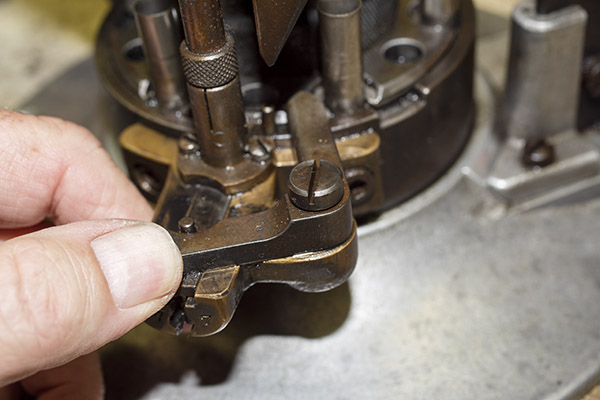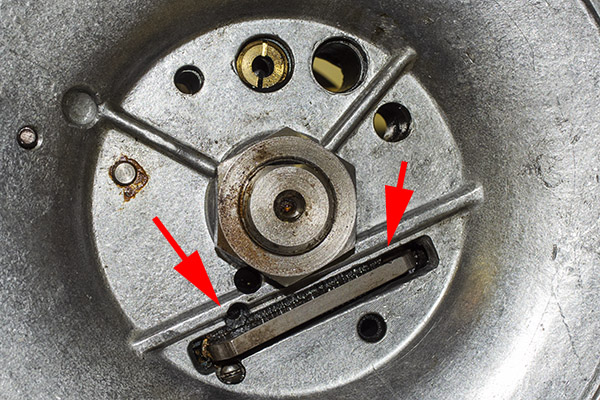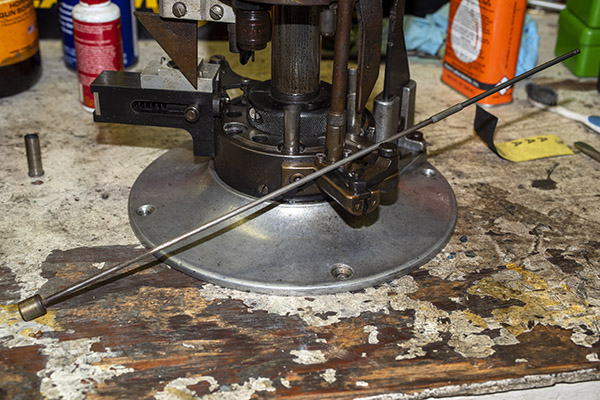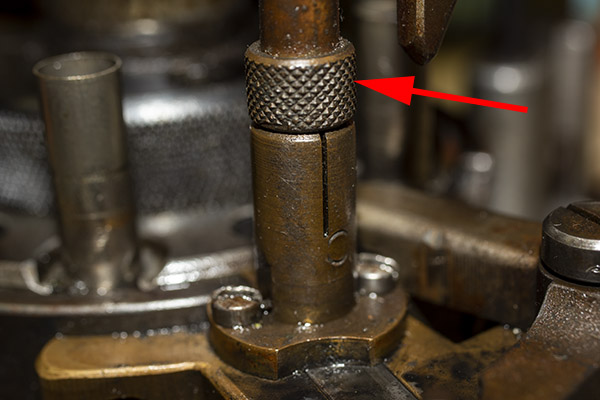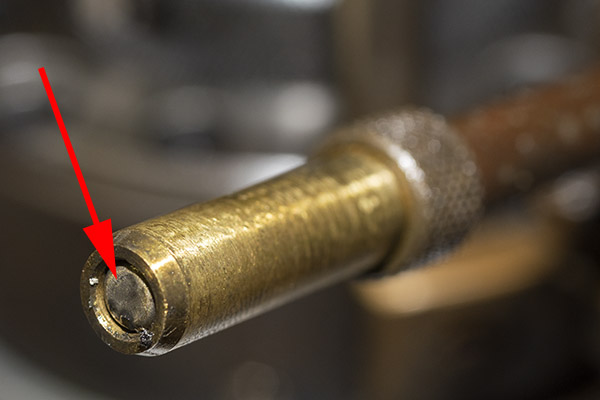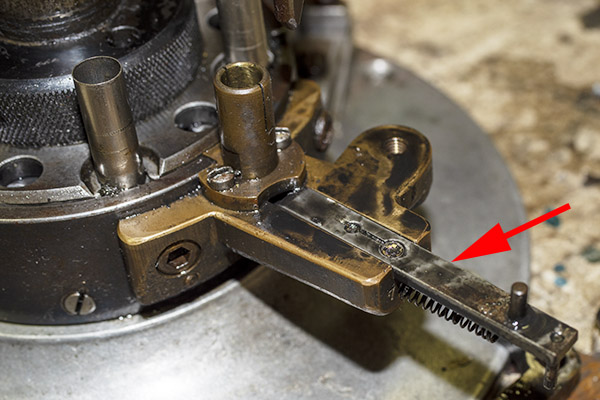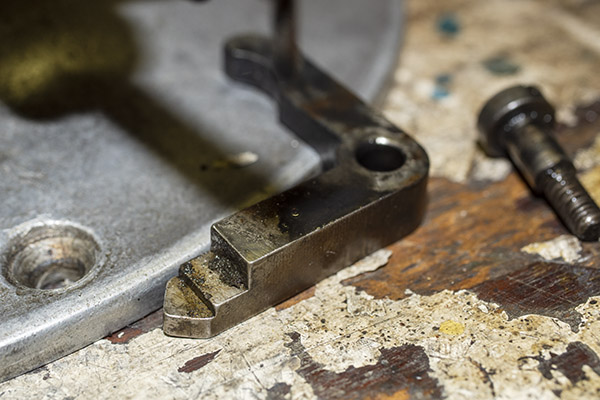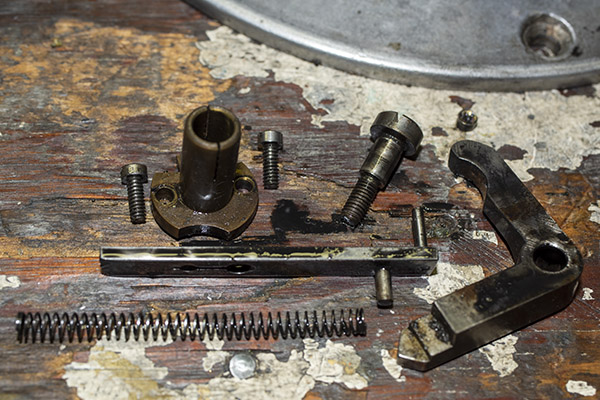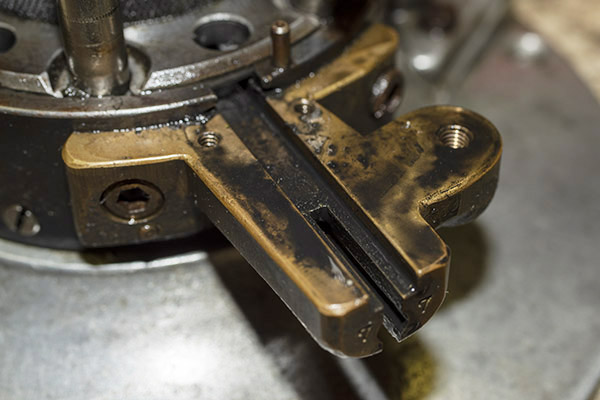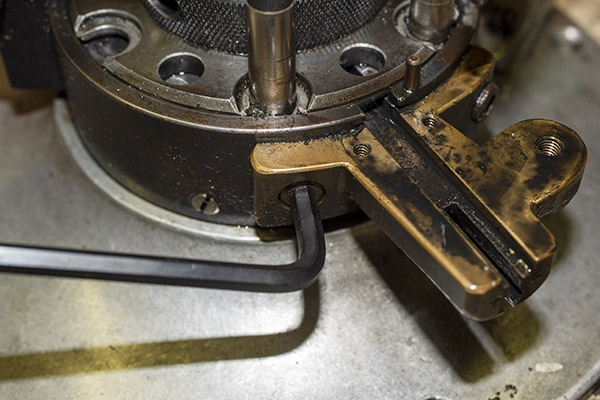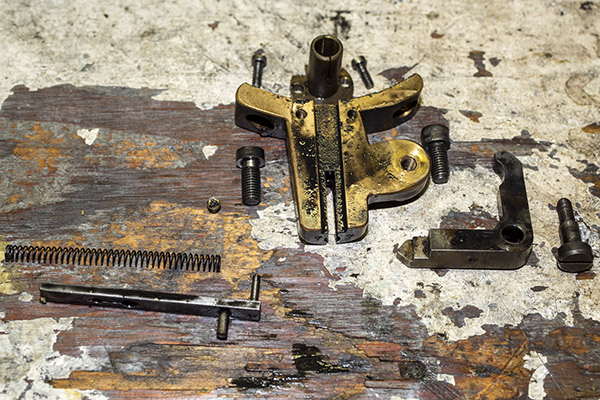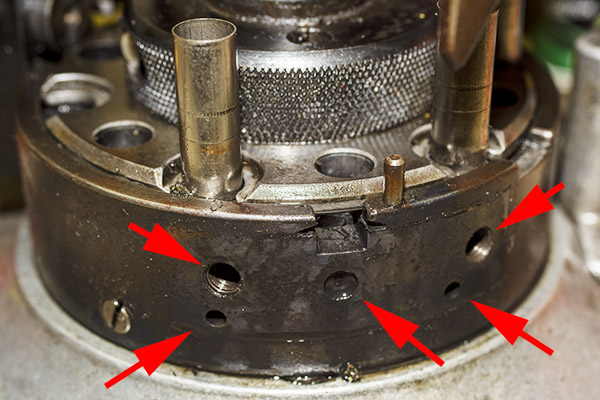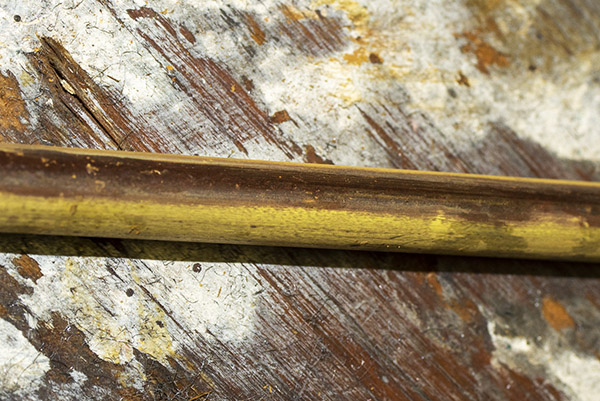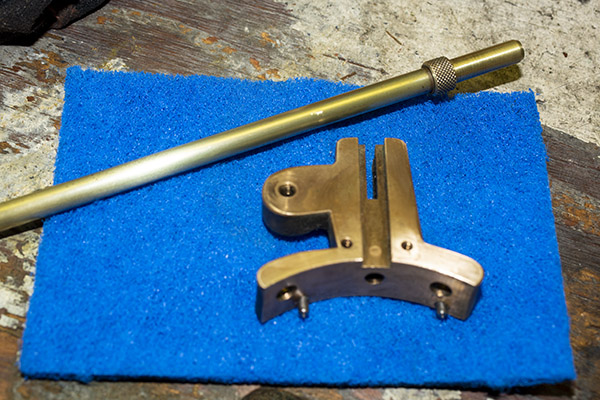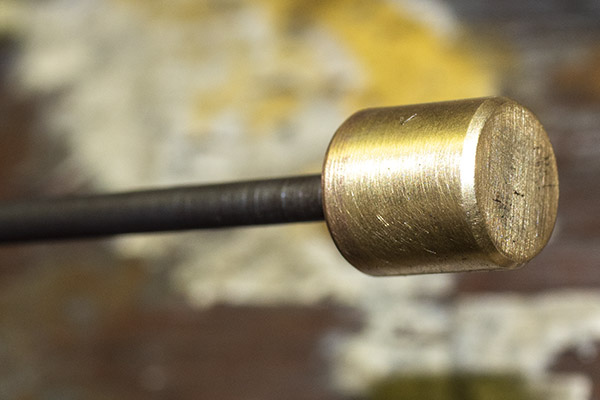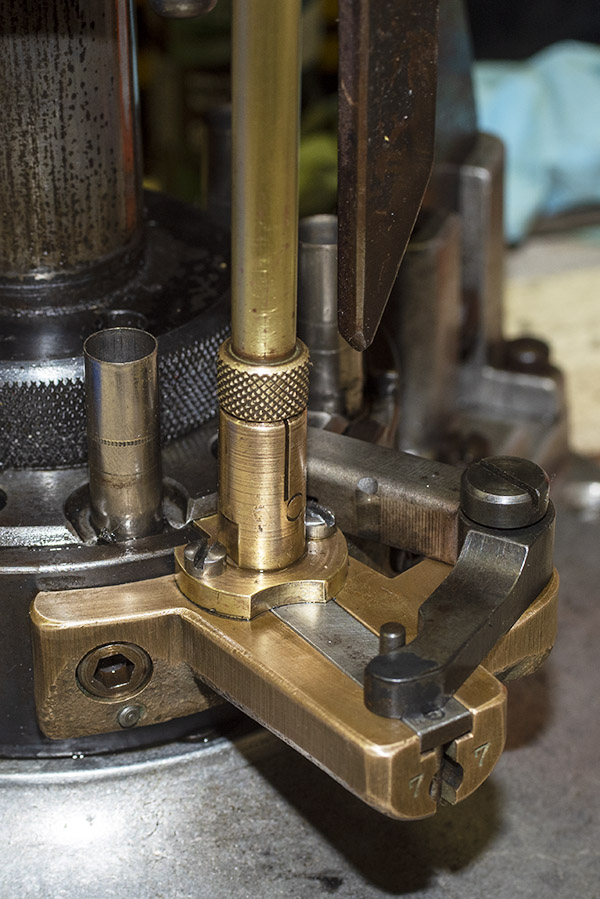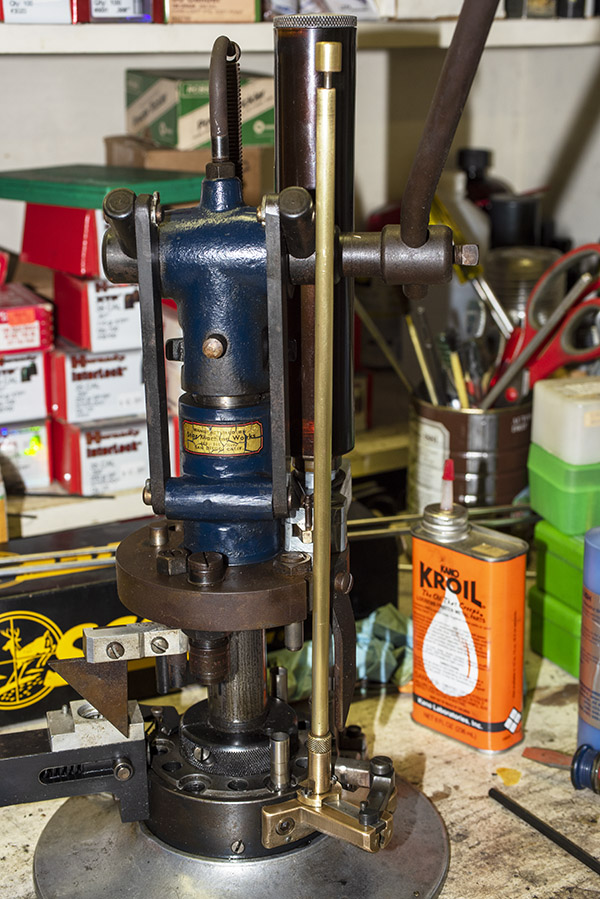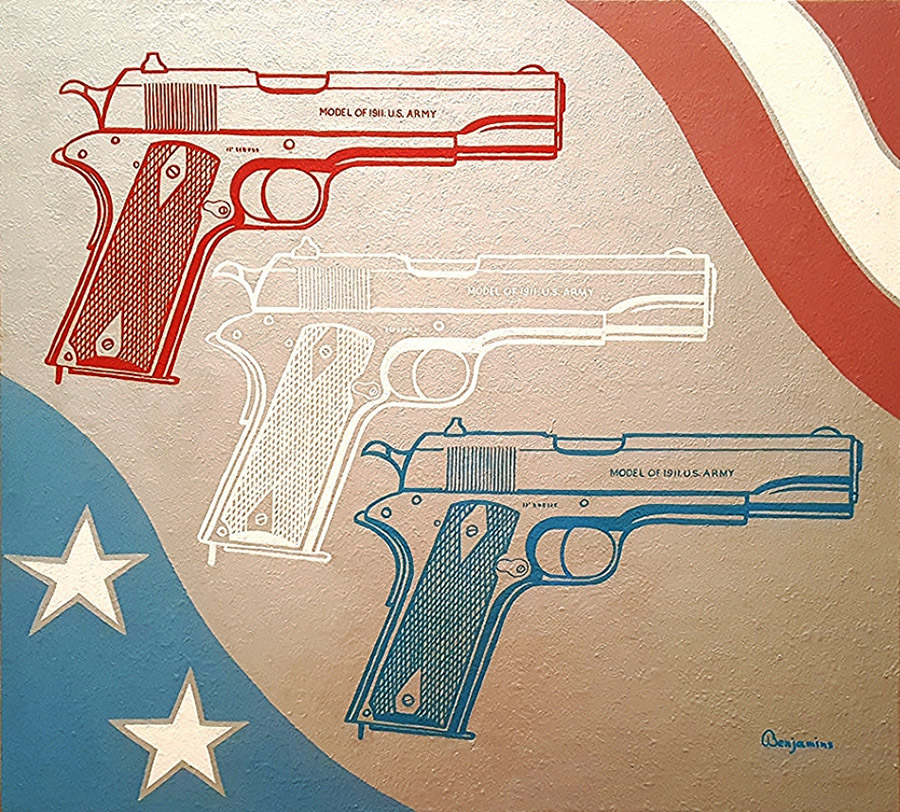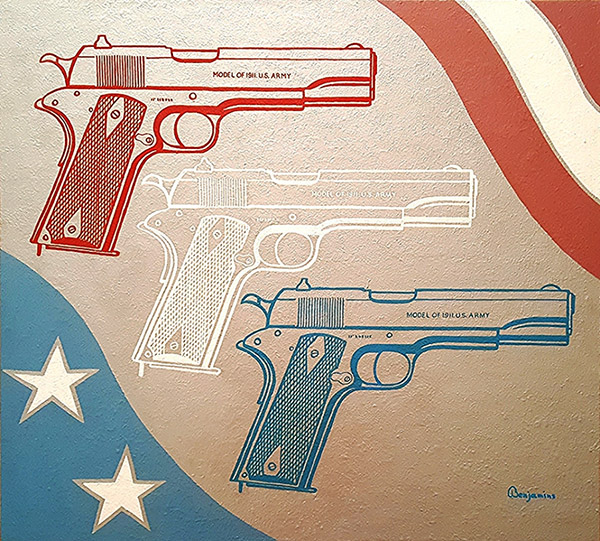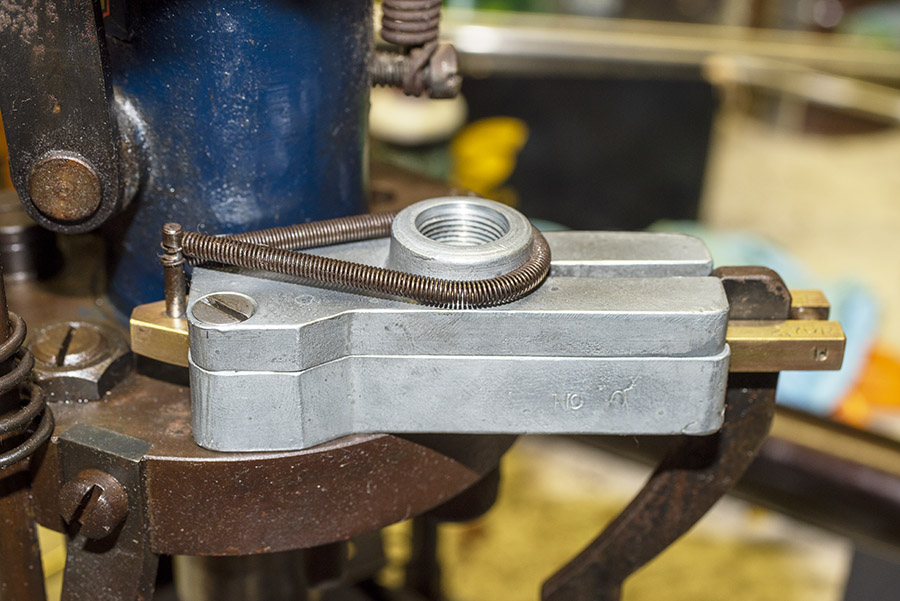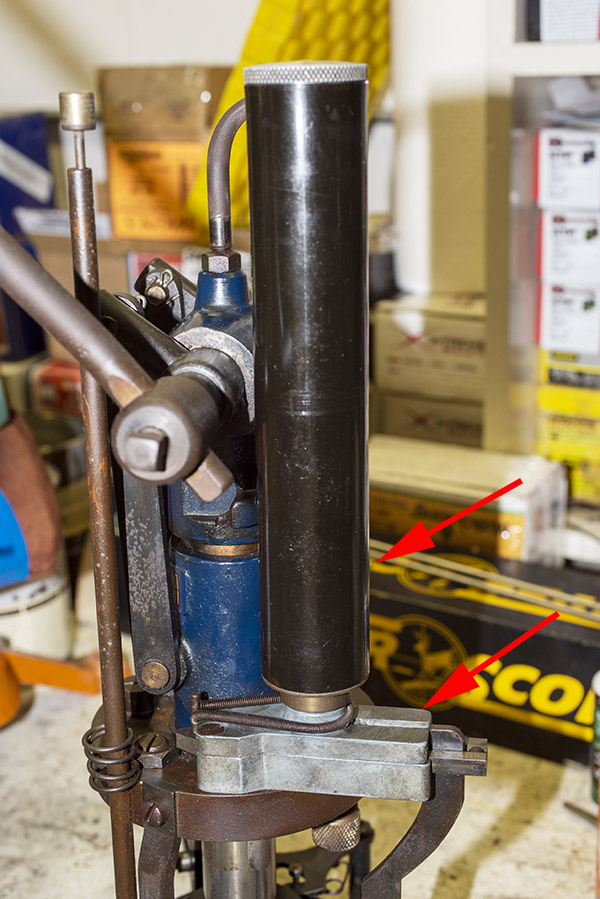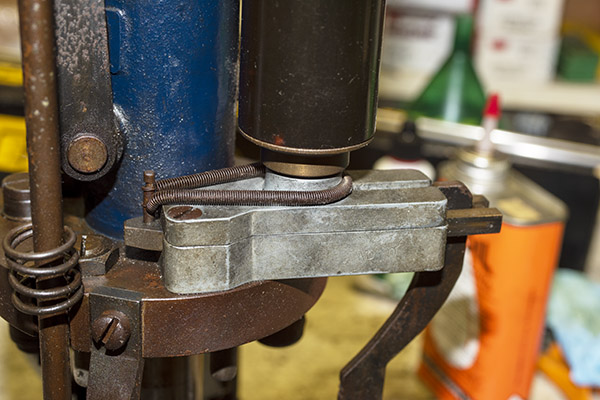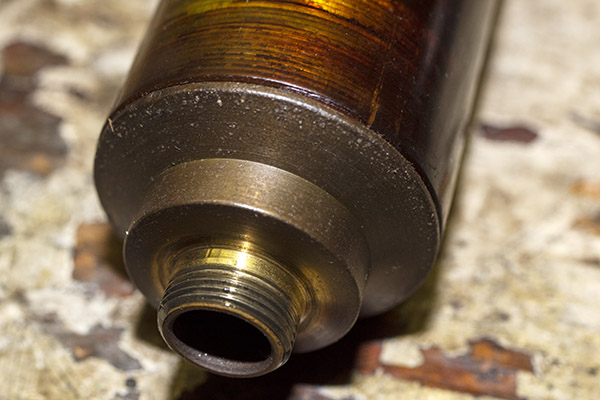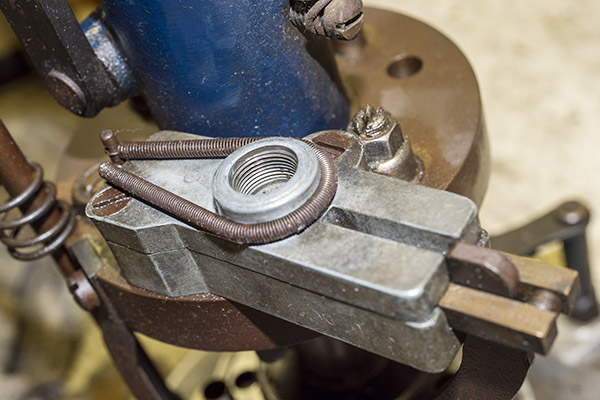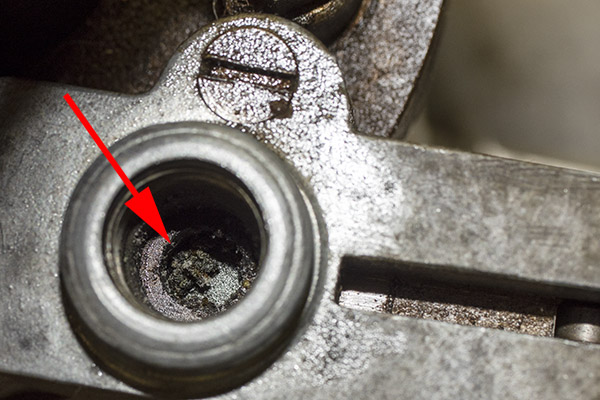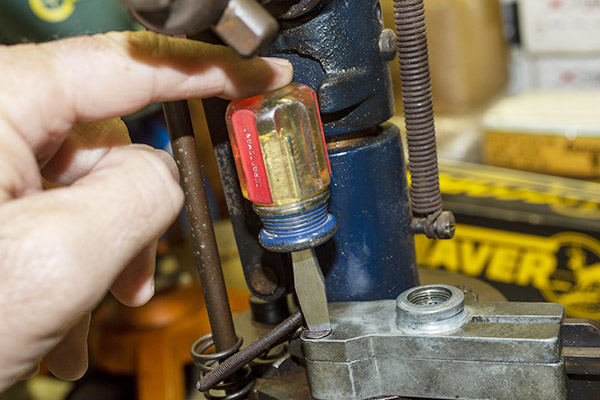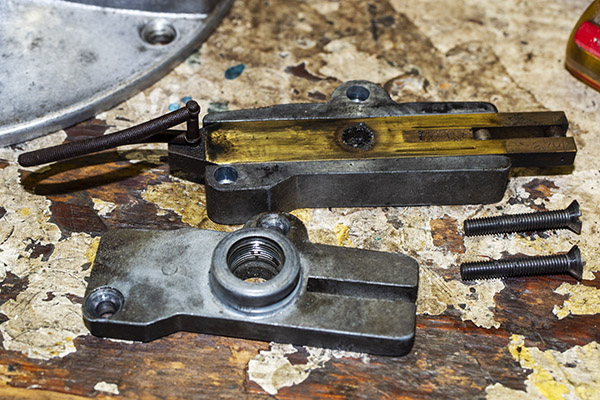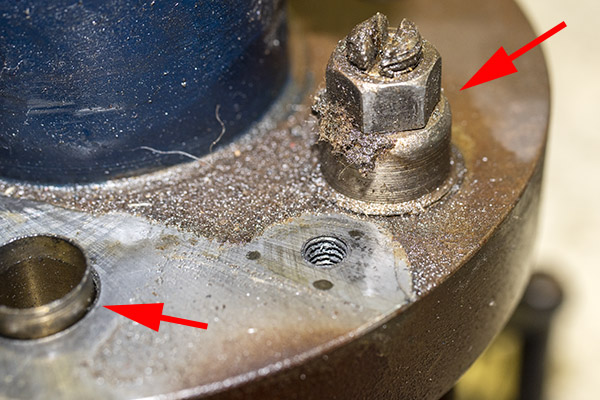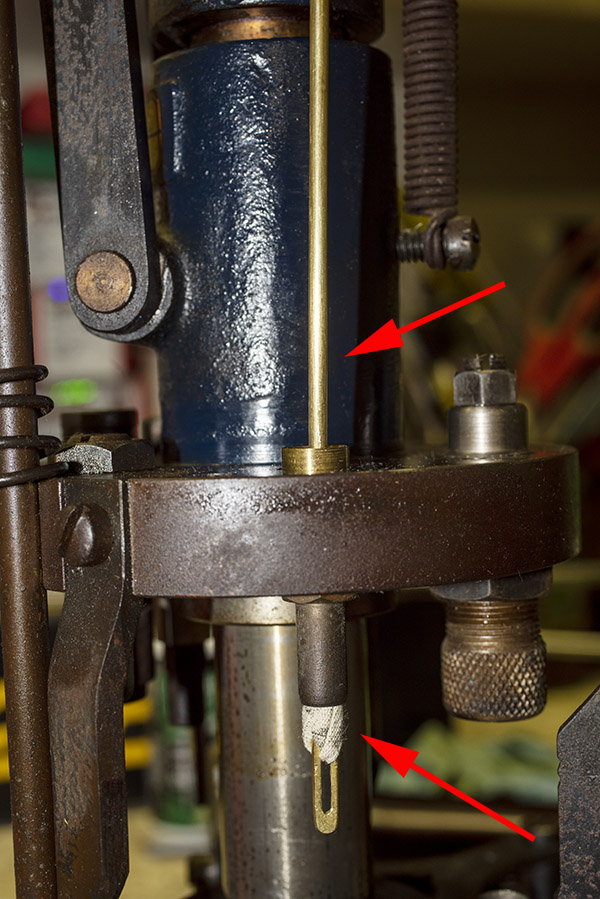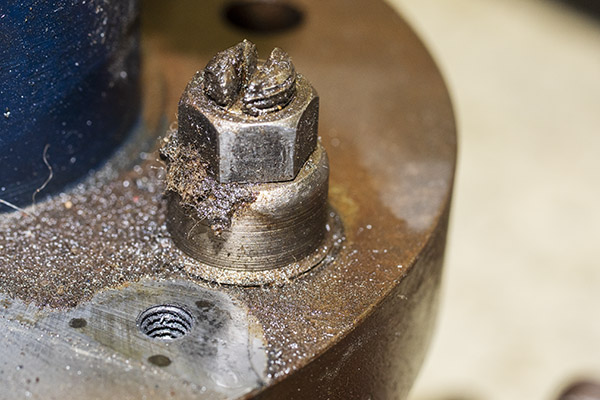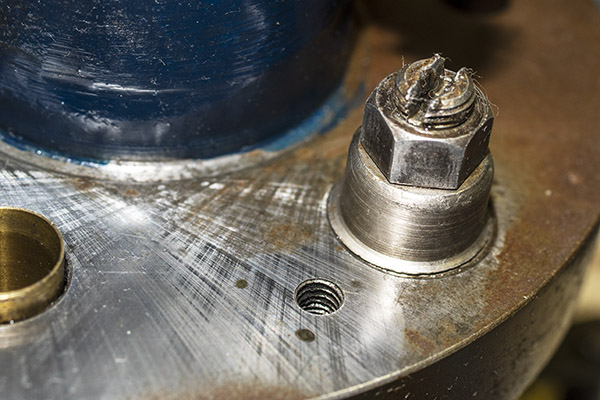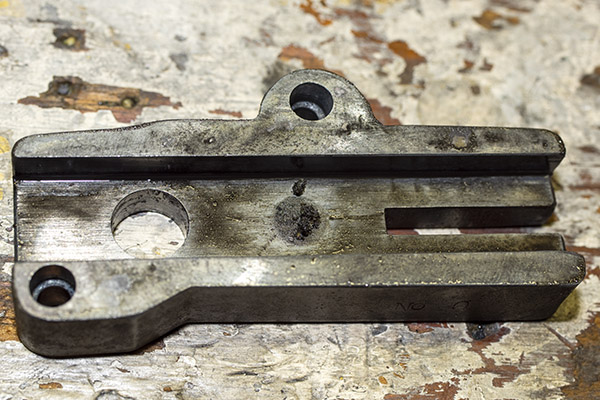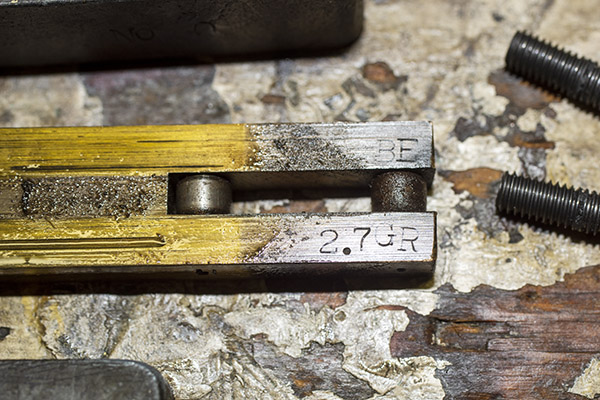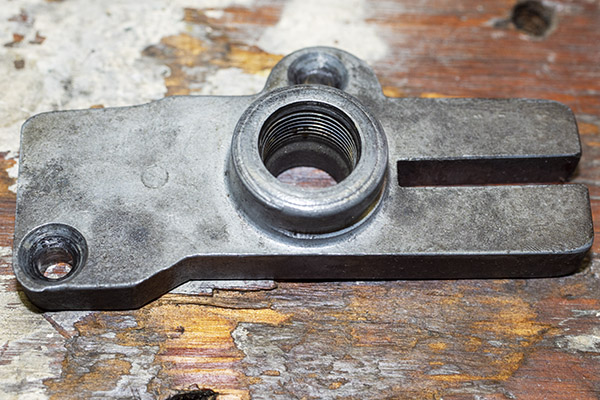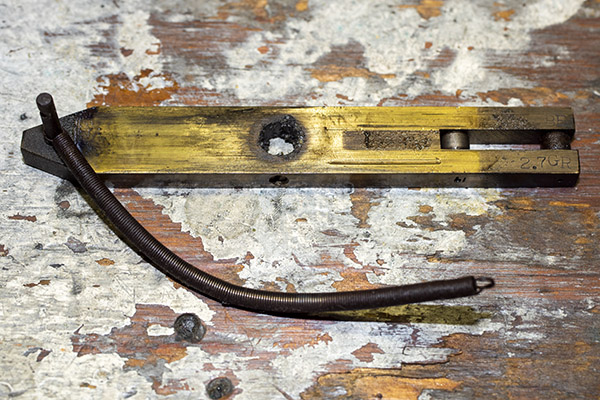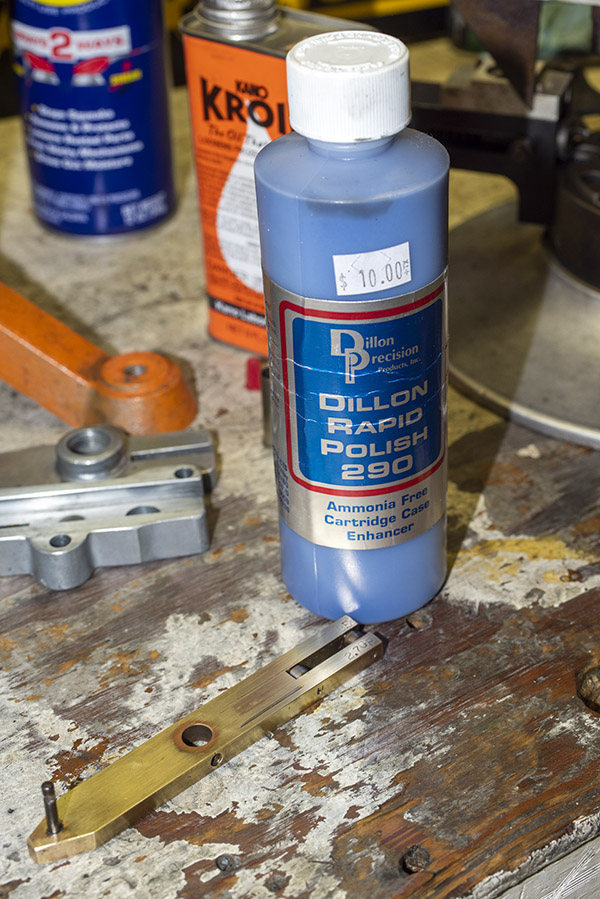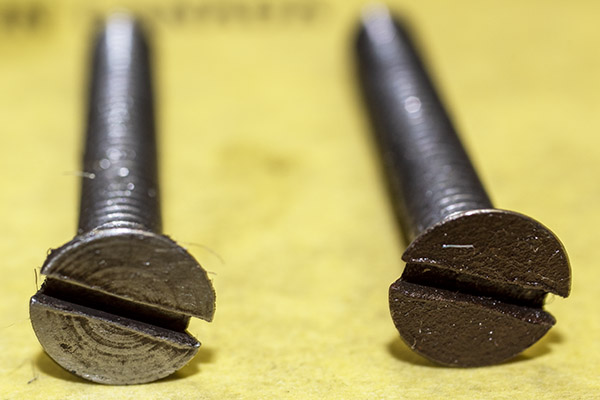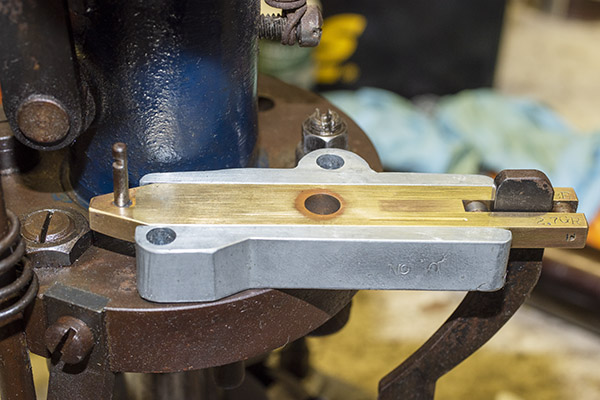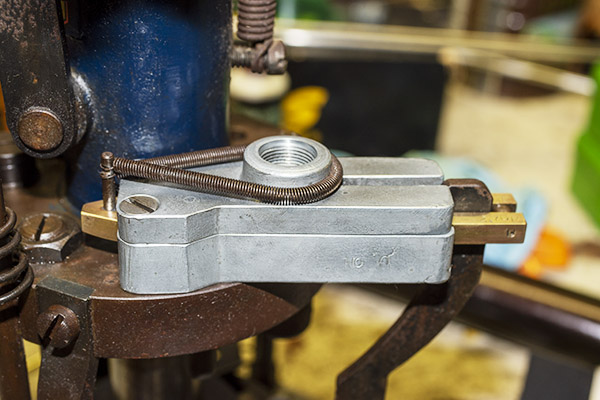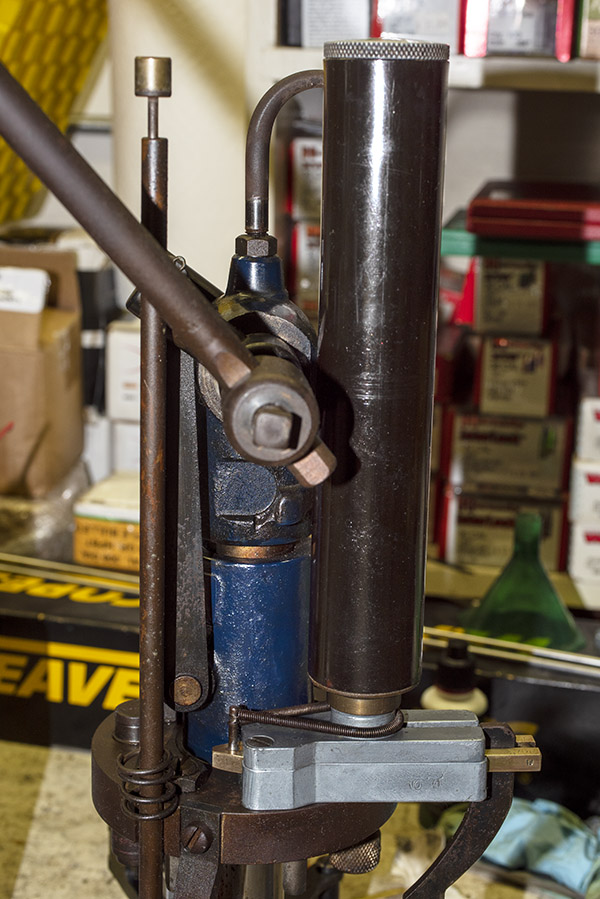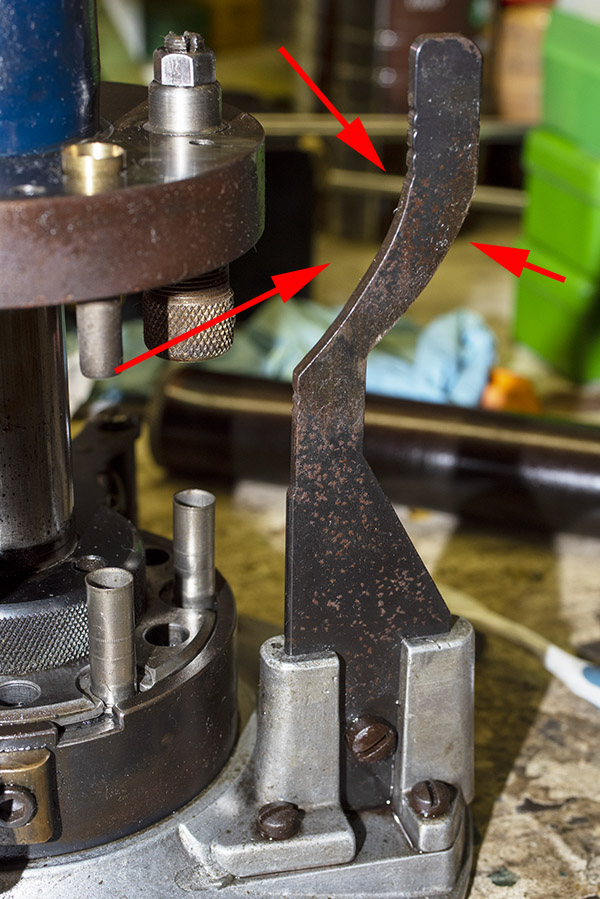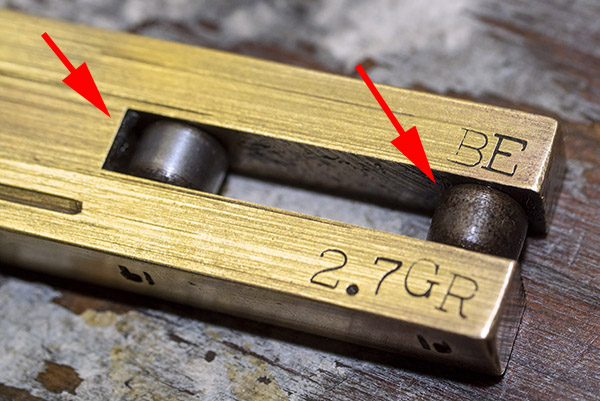There’s something about 3-wheeled utility vehicles that interfere with our brainwaves. They’re cool and most of us want one. Let me give you few quick examples.
When Gresh and I rode across China on RX3 250cc motorcycles, we started with a tour of the Zongshen plant in Chongqing. It was just the beginning of what was one of the grandest adventures of my life, and we met a lot of great guys over there, including Sergeant Zuo, a retired Chinese Army NCO who was to be our ride captain. That’s Sergeant Zuo in the video below.
Chongqing is exotic in many ways (think foreign city, 34 million people living in 80-story apartment buildings spread across a rolling and lush green landscape, incredible dining experiences, and one of the largest motorcycle manufacturers on the planet). More exotica? A tour of the Zongshen R&D facilities and a sneak preview of what was in the works (I rode the RX4 while it was still a concept, and we saw the new 400cc twin mocked up in clay). The vehicle that really lit Gresh’s candle, though, was a three-wheel 500cc diesel trike utility truck (it’s the one you see in the large photo above). “I have to get me one of these,” Gresh said, in tones that intimated an impending orgasm (that’s inference on my part, as I’ve never actually heard Gresh in such a situation, at least that I know of, and I’d like to keep it that way).
I mean, that yellow trike was nice, but Gresh’s reaction to it floored me. While I was still at CSC Motorcycles, Gresh was relentless in his full-court press to get me to get CSC to import the things. Go figure.
Next up? That would be a very recent Facebook post by good buddy Jackie showing a new passenger three-wheeler, no doubt intended to meet the pressing demand for tuk tuks (that’s what they’re called in the third world). I immediately asked Jackie what the powerplant would be (it’s an internal combustion engine for now, with an electric one slated for a follow-on version).
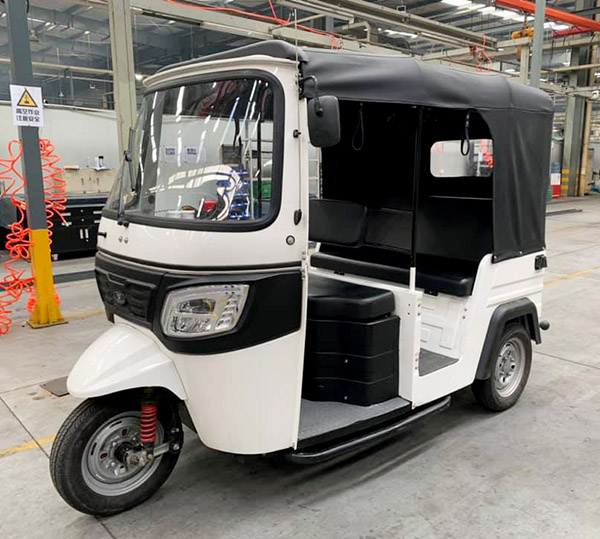
I shared the Zongshen post on my Facebook feed, and it drew an immediate response from good buddy Colorado Dan. He wants one. Maybe I could have predicted that…Dan is a guy who has an Enfield Bullet, a Ural, and a couple of Zongs in his garage. And a friendly moose or two in his backyard. Like the cannibals say, there’s no accounting for some people’s tastes, I guess.
I’ve sort of been bit by the bug, too. When Juan, Carlos, and I were assaulting the Andes in Colombia a few years ago, we stayed in a very rustic hotel on the outskirts of beautiful downtown Barichara (it’s pronounced Bah-de-chah-da, with the accent on the first syllable). Juan called a taxi to take us to dinner (it had been a long day on the bikes). I suppose I was expecting some sort of bright yellow sedan to appear, but nope, it was a little tuk tuk. All four of us squeezed in, and we all laughed like madmen on the ride down. It was a downhill ride and that little one-lunger didn’t have to work very hard (gravity is your friend going downhill), but while we were laughing, I was wondering how the thing would do bringing us back up that steep mountain. A couple of hours and an outstanding Italian dinner later, I found out. We could feel every stroke of that little tuk tuk’s motor on the climb up, and we laughed even harder. It was a fun evening.

Then there was Bangkok. Ah, Bangkok. It’s unquestionably one of the most exotic cities in the world. I’d seen these tuk tuks all over Bangkok, but I’d never been in one. It was a character flaw I aimed to correct. The video is a bit long at 16 minutes, but hey, you won’t have to suffer the 17-hour flight in a middle seat to get there (like I did). Just imagine 100-degree temps and humidity that’s off the charts, and you’ll have the compleat Thai tuk tuk travel experience.

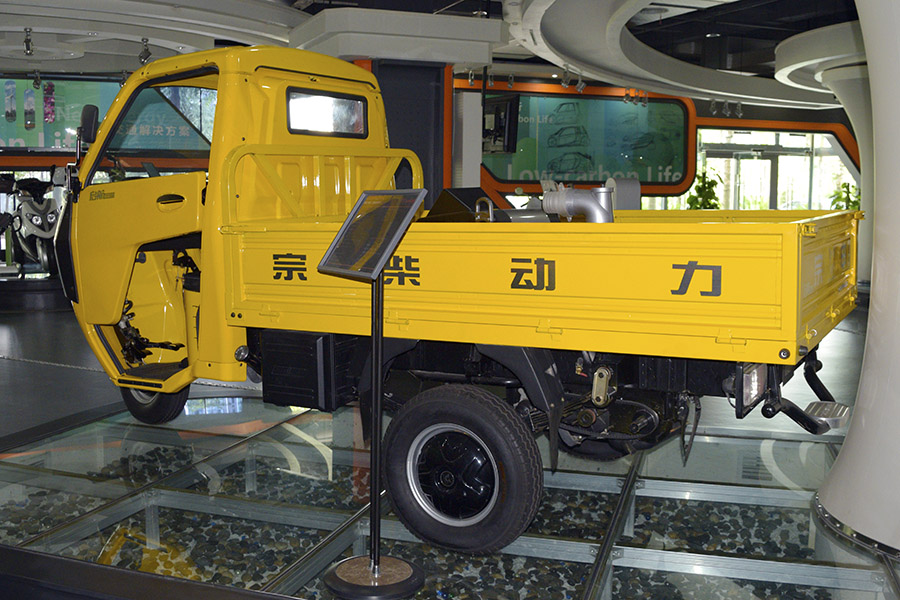
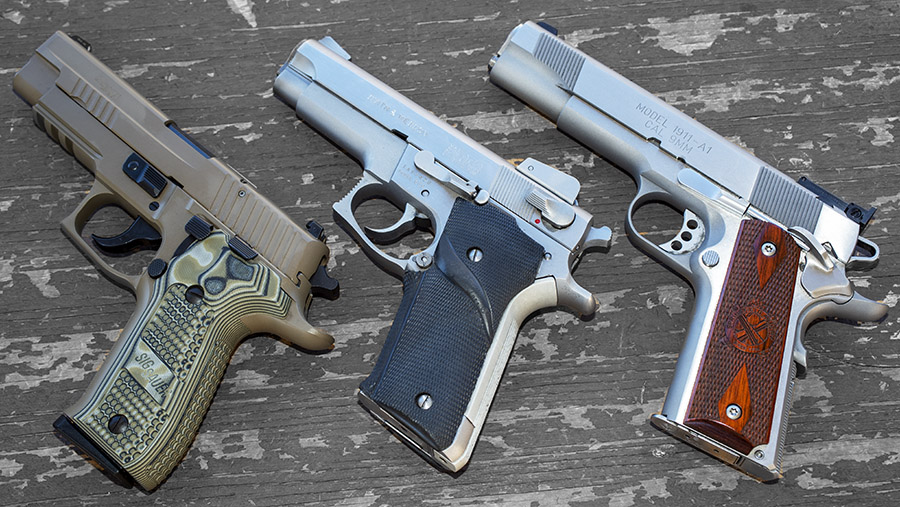

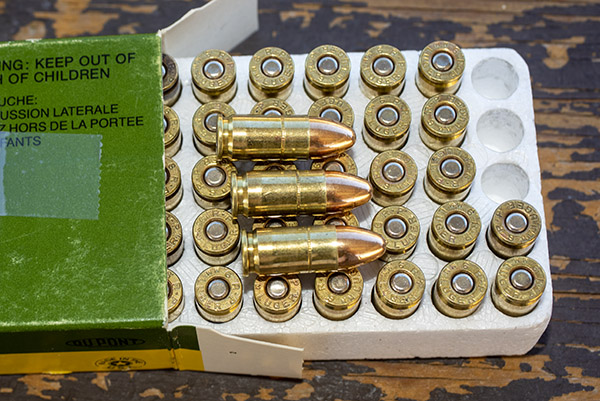
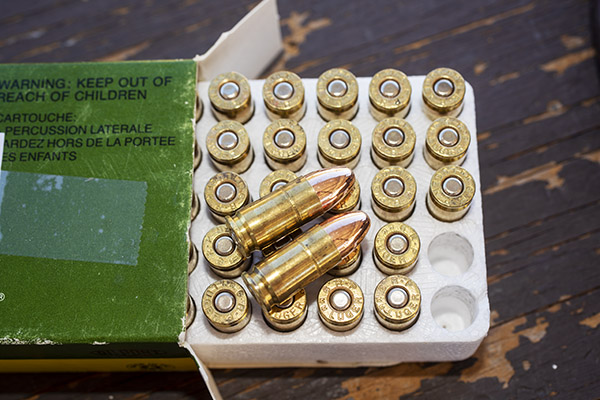
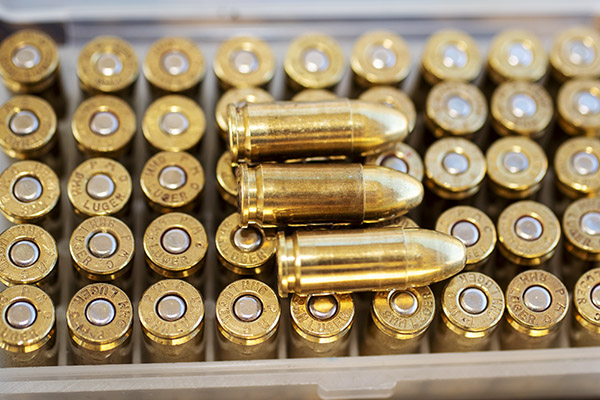
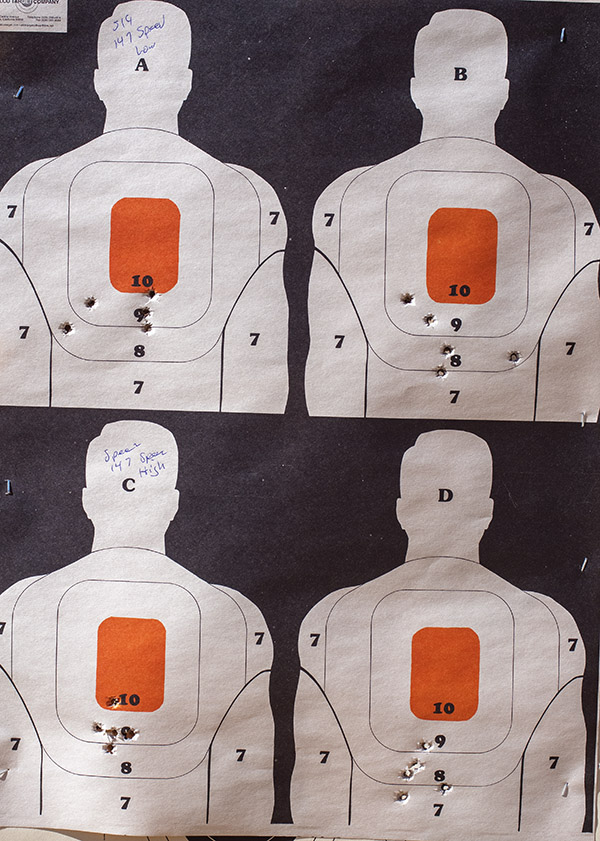


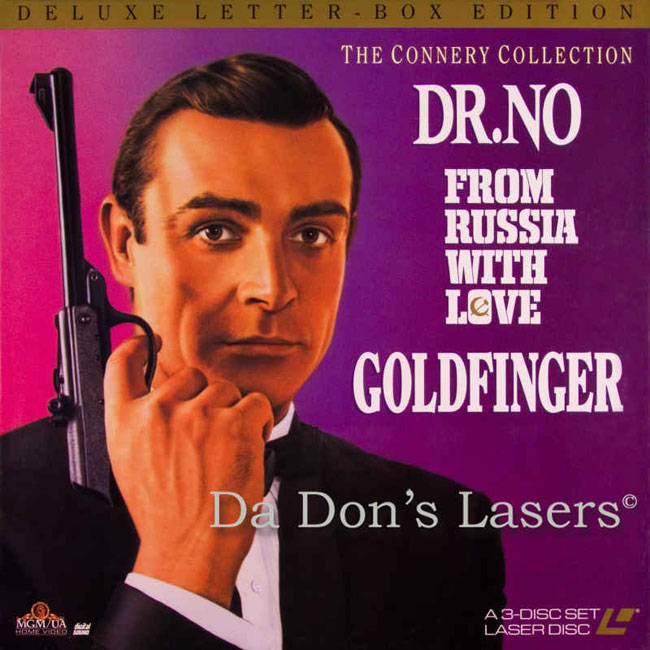
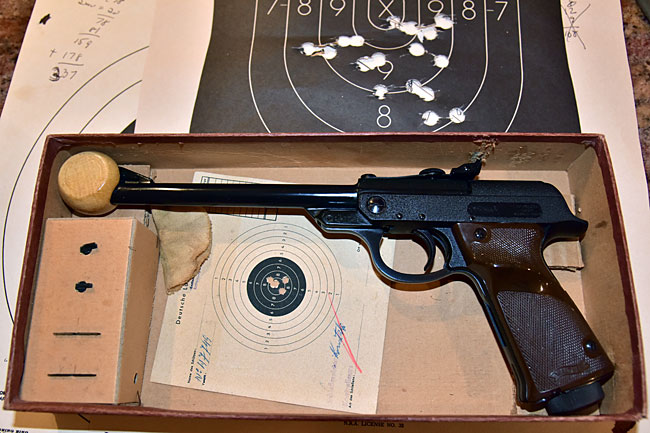

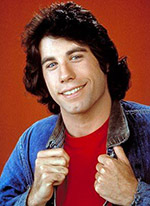 Gresh’s most recent blog (
Gresh’s most recent blog (